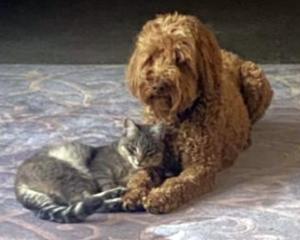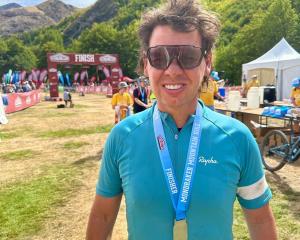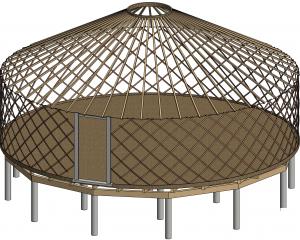The ''other side'' of the 1080 debate was presented to a packed room in Albert Town at the weekend, before the Department of Conservation's planned drop of the pesticide across 46,000ha of Mount Aspiring National Park this month.
''The Truth About 1080'' public meeting at the Albert Town Tavern on Saturday evening attracted about 100 people.
It was organised by local woman Carol Sawyer, who invited Hamilton-based film-makers Clyde and Steve Graf south to present their 2009 anti-aerial 1080 documentary Poisoning Paradise - Ecocide in New Zealand, which New Zealand television stations have reportedly refused to screen.
Upper Clutha Deerstalkers Association former president Neil Cowie chaired the event, which he declared was ''not a protest'' but rather an information evening to help the public form its own opinion.
''Generally, all they get to hear is what Doc tell them so they don't get to hear the other side,'' Mr Cowie said.
Steve Graf said he and his brother, who grew up in the Te Urewera National Park, had seen the dangers and destructiveness of 1080 operations in the bush.
''It would be unethical of us not to tell people what's going on ... it's like knowing something terrible's going on and you just turn a blind eye.''
In a break between the screening of the film and a question and answer session with the Graf brothers, Forest and Bird member Andrew Penniket told the media present he felt ''duped'' over the meeting, before leaving early.
''I thought we were having a debate ... it's just old information full of propaganda.''
Other audience members directed questions at the pair.
Wanaka woman Toni Maguire asked why aerial 1080 was used and suggested money had to be the main motivator.
Fellow audience member Graham Clarke, a retired Otago organic farmer and former Animal Health Committee chairman and Animal Health Board director, said from a bovine tuberculosis point of view, during the past 15 years or so, aerial 1080 had been an effective way of combating the disease in possums across less accessible areas of Otago and Southland.
Contrary to suggestions New Zealand was being ''blanketed'' with aerial 1080, it was only used in about 5% of targeted areas throughout the regions and other means of control were used elsewhere, Mr Clarke said.
Clyde Graf said it was actually ''very rare to find a possum with Tb'' and stock were the main carriers.
One audience member said a lot of the science presented by the Graf brothers was ''pre-2008'' and asked whether they had looked at the same science considered by Parliamentary Commissioner for the Environment Jan Wright, who advocated widespread coverage of the pesticide.
The brothers claimed they were told by Dr Wright she had only watched ''about 20 minutes'' of their film and they believed her report recommending aerial drops of the poison ''needs to be looked into and investigated''.
Clyde Graf said while there were a ''lot of good folk'' working within Doc, the organisation had ''this philosophy, this religion at the top that's driving the whole poison industry and everyone's in love with it''.










